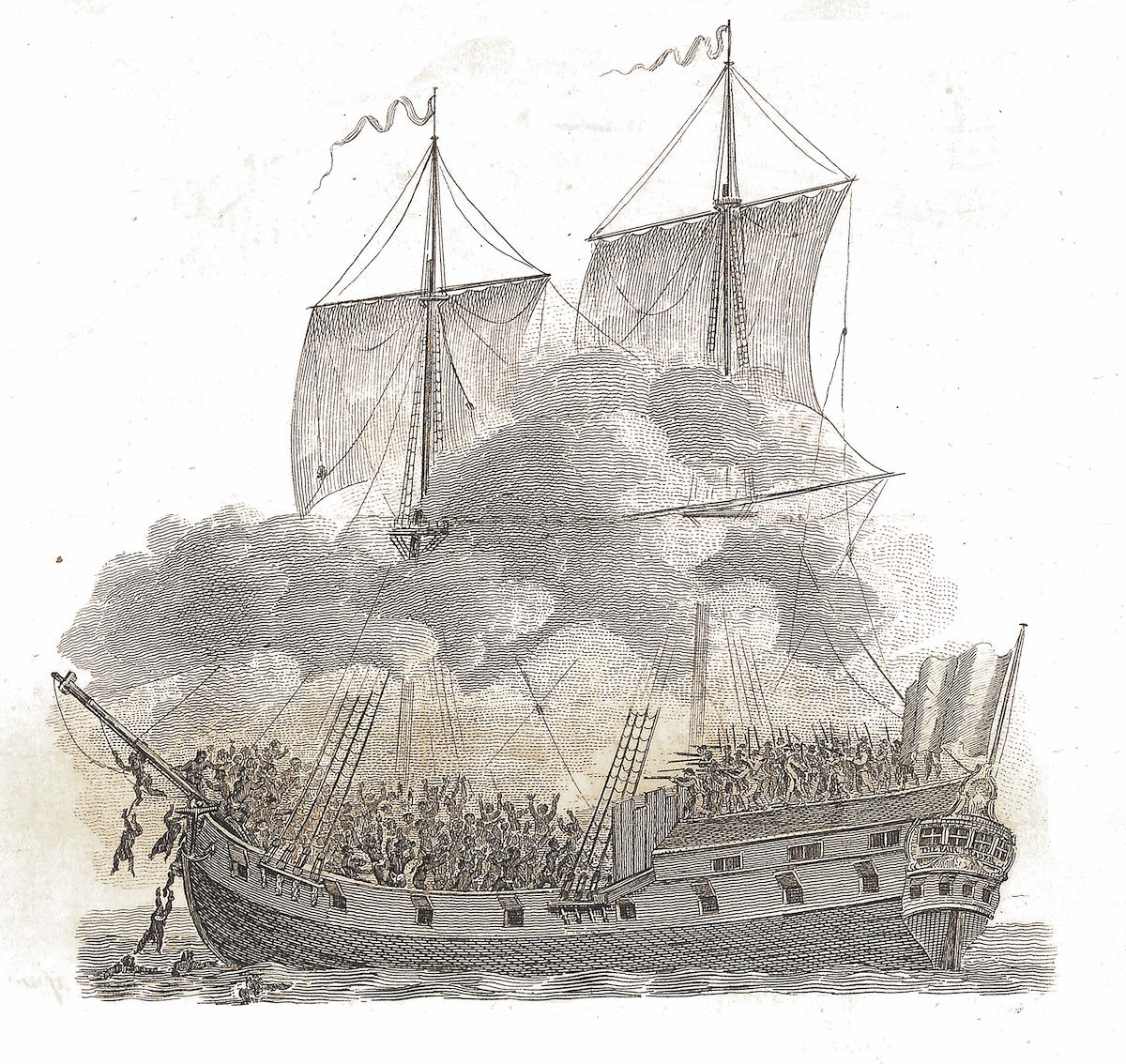Slavery After Abolition: Revolt on the Amelia
The slave trade was an international criminal enterprise. In 1811 an uprising on the slaving ship Amelia off the coast of West Africa revealed a complex network spanning four continents.

On the morning of 20 January 1811, somewhere off the west coast of Africa, the crew aboard the Amelia ordered the ship’s captives onto the deck. Much like every other morning, they planned to impose a strict routine of exercise, meals, and then confinement back belowdecks. But that day, things would be different. As the captives clambered from their confines in the hull and into the morning sun, the crew looked on in horror: they were armed with wooden planks. By nightfall, the ship was under new captaincy and heading back to Africa.
Unlike the infamous (and better known) case of the Zong, in which some 130 enslaved Africans were killed aboard a British slaving ship some 30 years earlier in 1781, the Amelia was an illegal slaving ship. The attempt to cover its tracks spun a web between Charleston, Salvador da Bahia, Liverpool, and Cabinda. Resistance by the captive people undid this attempt, bringing to light a huge multinational criminal enterprise, with repercussions felt around the world.
